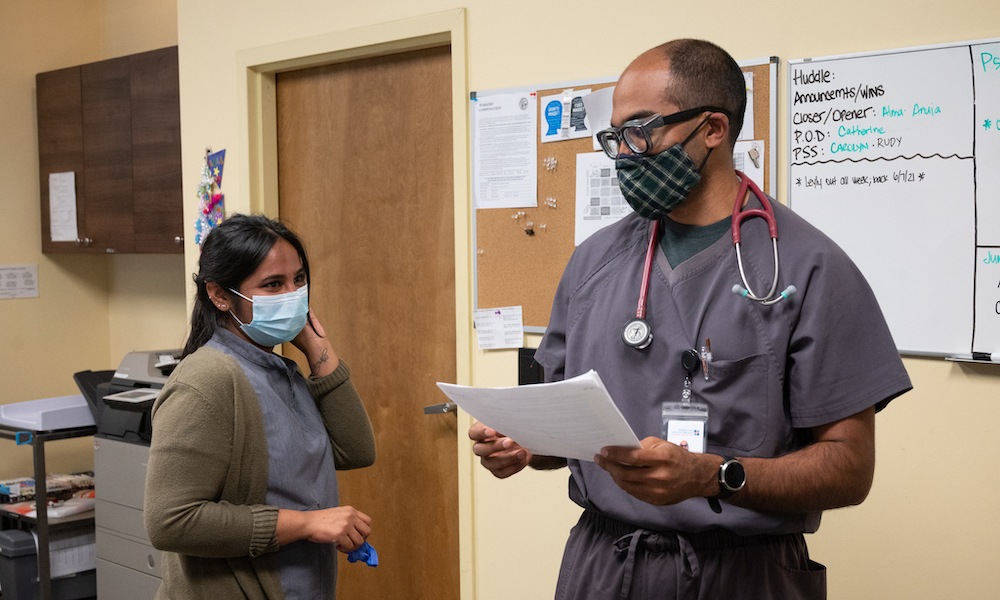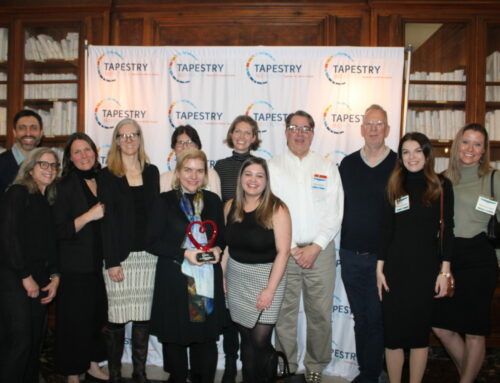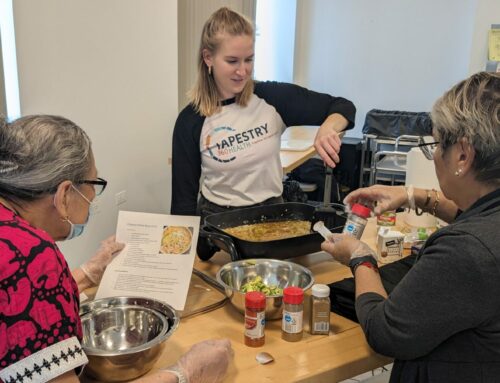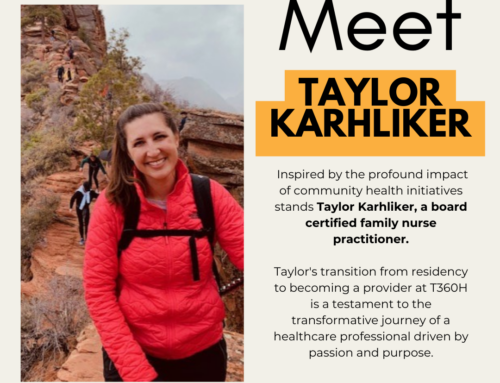News
Clinics use team care to cut time doctors spend on clerical tasks (reposted from AMA)

The American Medical Association recently highlighted Tapestry 360 Health’s model of team-based care at Tapestry Albany Park (They also provided us a grant to study the effectiveness of the model). At this health center, also called the innovation center, we are testing different strategies to achieve the quadruple aim of improved patient experience and health outcomes, reduced costs and increased care team joy in practice. More on AMA’s efforts to provide support and reduce stress for medical providers is on their website here; the post about Tapestry 360 Health is reprinted with permission below:
By Sara Berg, Senior News Writer, American Medical Association
A Chicago health care organization is finding a new way to cut down on the time their physicians spend hunting and pecking in the EHR.
At Tapestry 360 Health, care team coordinators (CTCs) document certain aspects of the patient visit to ensure nurse practitioners and physicians have more quality one-on-one time with patients. Each primary care physician has two CTCs who are involved in rooming the patient and documenting an advanced history, allowing the doctor to spend more time with each patient.
Committed to making physician burnout a thing of the past, the AMA has studied, and is currently addressing issues causing and fueling physician burnout—including time constraints, technology and regulations—to better understand and reduce the challenges physicians face. By focusing on factors causing burnout at the system-level, the AMA assesses an organization’s well-being and offers guidance and targeted solutions to support physician well-being and satisfaction.
Tapestry 360 Health is a federally qualified health center with 17 locations and serves a population of about 26,000 patients in the Chicago area.
CTCs take on clerical roles to allow medical assistants to work closely with the patients, nurse practitioners and physicians. Training for CTCs consists of two weeks of education on how to use the EHR and doing hands-on demonstration of the clinical tasks needed. After this intense training, CTCs complete about six to eight weeks of training off the floor, which includes learning the process, testing tasks and learning about common conditions.
The American Medical Association recently highlighted Tapestry 360 Health’s model of team-based care at Tapestry Albany Park (They also provided us a grant to study the effectiveness of the model). At this health center, also called the innovation center, we are testing different strategies to achieve the quadruple aim of improved patient experience and health outcomes, reduced costs and increased care team joy in practice. More on AMA’s efforts to provide support and reduce stress for medical providers is on their website here; the post about Tapestry 360 Health is reprinted with permission below:
By Sara Berg, Senior News Writer, American Medical Association
A Chicago health care organization is finding a new way to cut down on the time their physicians spend hunting and pecking in the EHR.
At Tapestry 360 Health, care team coordinators (CTCs) document certain aspects of the patient visit to ensure nurse practitioners and physicians have more quality one-on-one time with patients. Each primary care physician has two CTCs who are involved in rooming the patient and documenting an advanced history, allowing the doctor to spend more time with each patient.
Committed to making physician burnout a thing of the past, the AMA has studied, and is currently addressing issues causing and fueling physician burnout—including time constraints, technology and regulations—to better understand and reduce the challenges physicians face. By focusing on factors causing burnout at the system-level, the AMA assesses an organization’s well-being and offers guidance and targeted solutions to support physician well-being and satisfaction.
Tapestry 360 Health is a federally qualified health center with 17 locations and serves a population of about 26,000 patients in the Chicago area.
CTCs take on clerical roles to allow medical assistants to work closely with the patients, nurse practitioners and physicians. Training for CTCs consists of two weeks of education on how to use the EHR and doing hands-on demonstration of the clinical tasks needed. After this intense training, CTCs complete about six to eight weeks of training off the floor, which includes learning the process, testing tasks and learning about common conditions.













